Meet MythAmerica SNAPSHOT
A Different Hat for Dr. Seuss
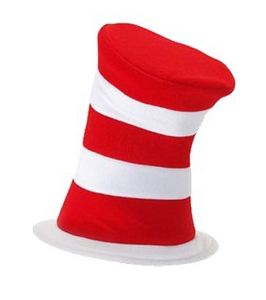
If you say "Dr. Seuss" to anyone my age (baby boomer) or younger, what will likely spring to mind is the cover of a book that will have simplistic, silly wording and wildly whimsical drawing. Probably The Cat in the Hat, for starters.
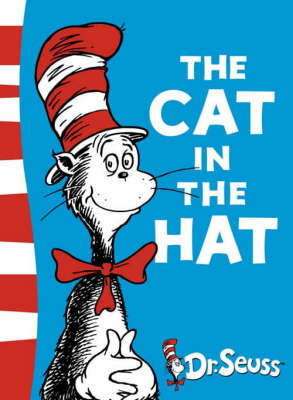
Then again, younger people these days may tend to think of a Seussified movie first, starring the Lorax or Horton the Elephant.
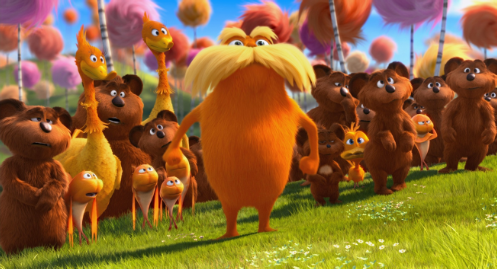
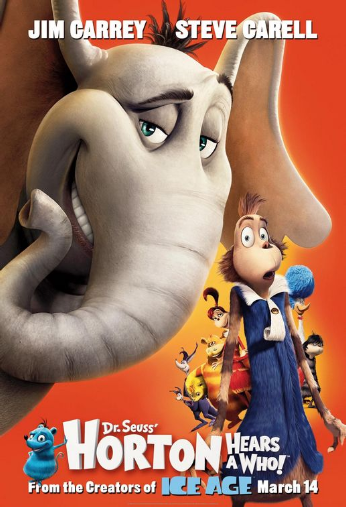
But actually, Seuss, whose real name was Theodor Geisel, didn't start out as a children's book writer at all. And from what I can tell, most folks are unaware of his earlier work. So here's a quick little overview of his career.
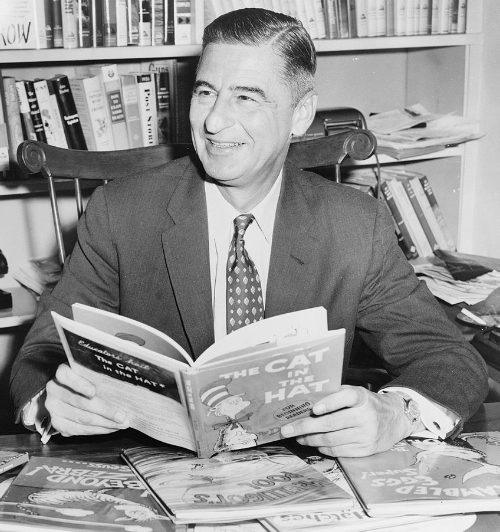
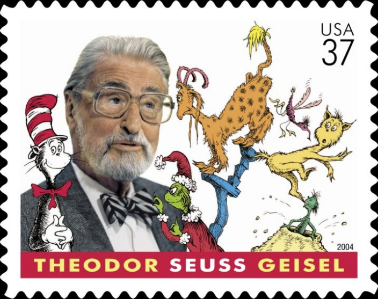
First off, there's that "Dr. Seuss" thing. While in college at Dartmouth in the early 1920s, he had become editor-
He never did get that PhD, as he dropped out of his English PhD program at Oxford in 1925 before finishing. He did, however, earn several honorary doctorates much later for his literary career.
Geisel's art career took off shortly after he left college. His first nationally-
The real money wasn't in humor magazines at the time, though...it was in the advertising industry. And thus Dr. Seuss soon found additional work that provided him a profitable income through doing ads for the Standard Oil Company. Particularly popular was an advertising campaign for the company's bug spray, Flit.
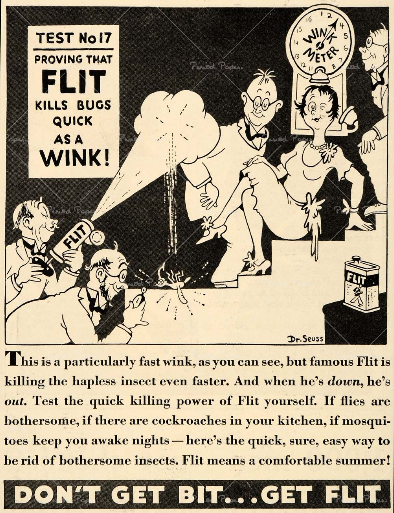
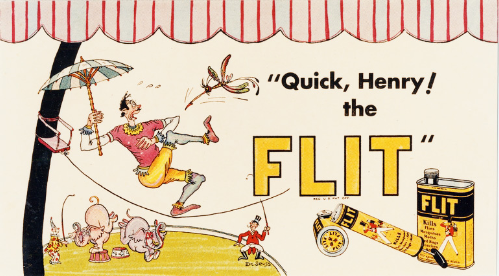
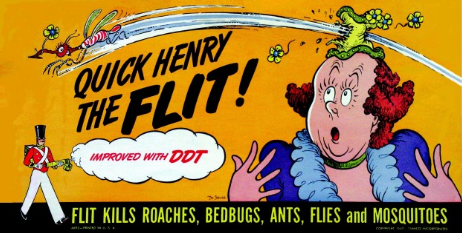
His work on the Flit ads brought him attention from other advertisers, and throughout the Depression he had steady work doing ads and artwork for a variety of companies and publications.
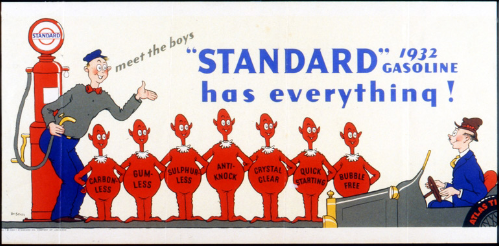
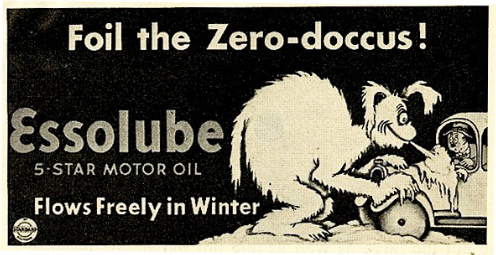

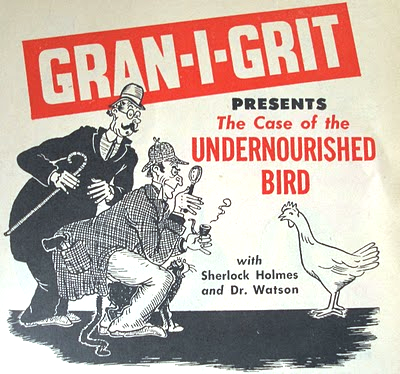
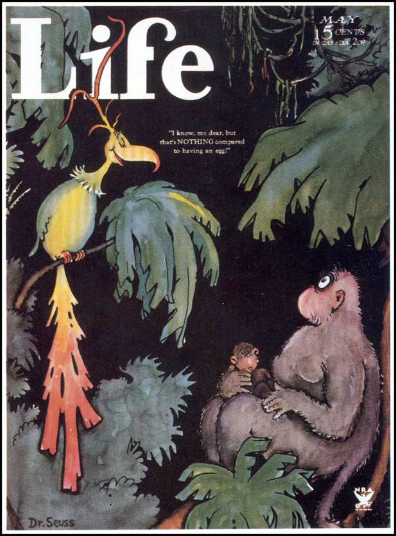
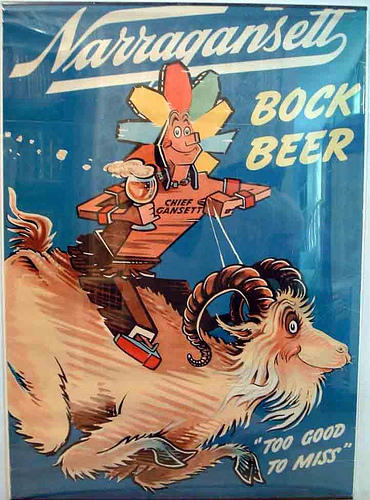
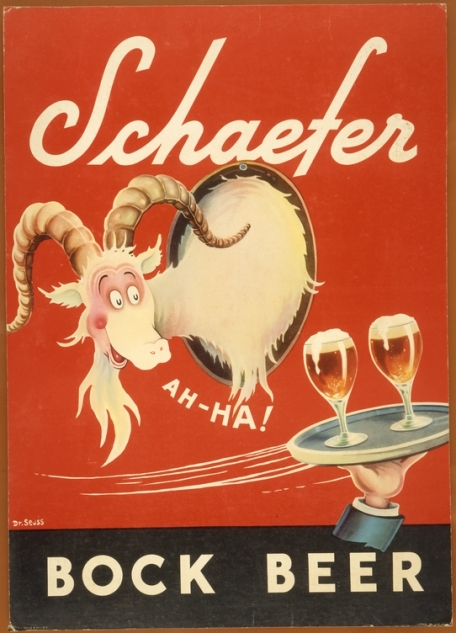
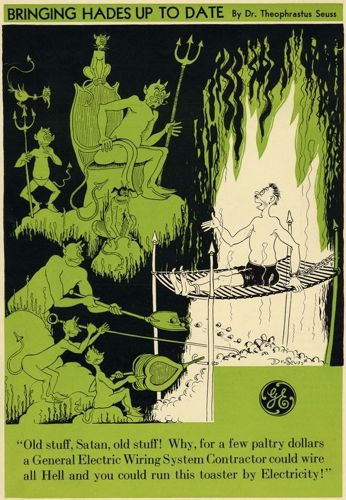
During this period he tried his hand at a syndicated comic strip aimed at all ages. The 1935 strip, running only on Sundays in the colored comic section, was quite innovative for the time, and very whimsical. But it only lasted for three months.
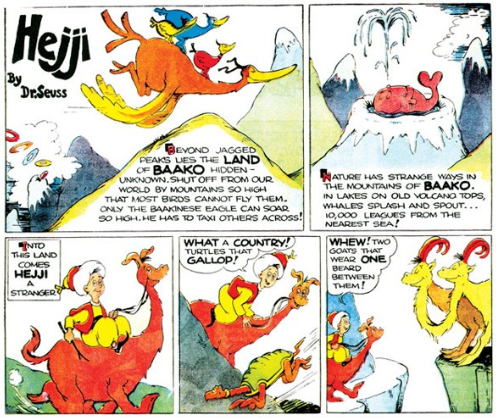
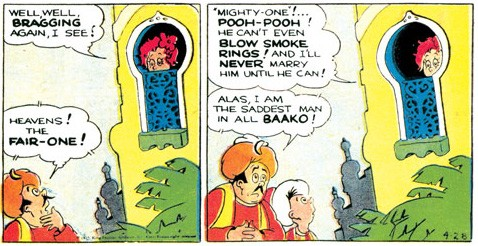
In the last few years before WW2, Geisel began accumulating kudos for a fledgling career in writing aimed directly at children. This included several books:
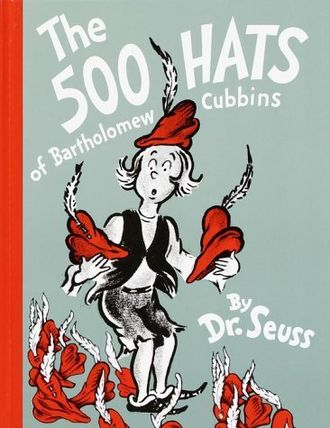
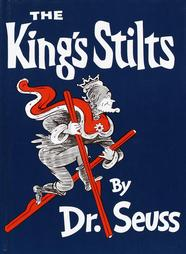
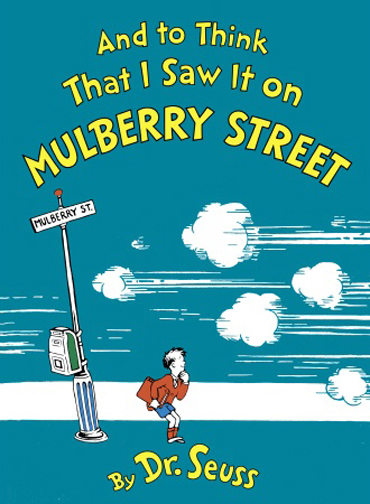
And then there was THIS one ... I'm suspicious it hasn't been "reissued" in quite a few years. Even though nudity is much more prevalent now, one doesn't usually expect so much of it right on the cover of a children's book!

Actually, that one is very tame compared to the nudity and other R-
Early in the war Seuss was working at the New York PM newspaper, particularly doing editorial cartoons. Some of these had to do with somewhat partisan political issues (the paper was "pro-
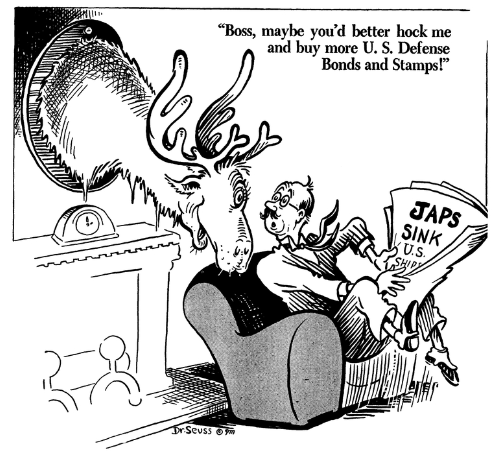
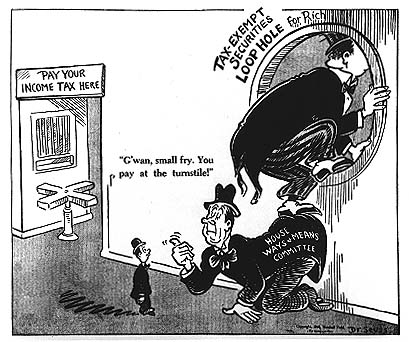
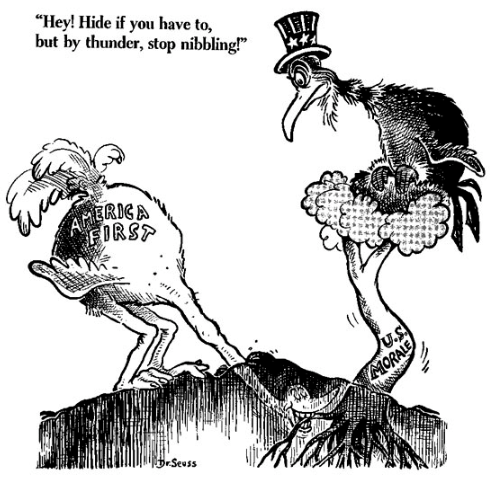
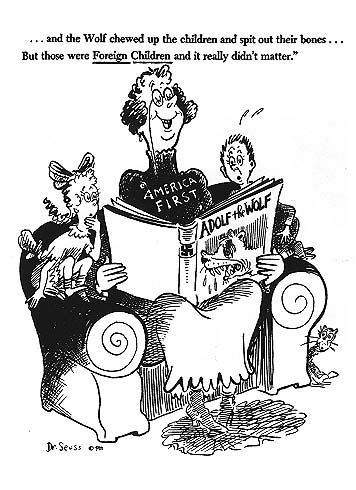

In 1942, Geisel turned his energies to direct support of the U.S. war effort. First, he worked drawing posters for the Treasury Department and the War Production Board.
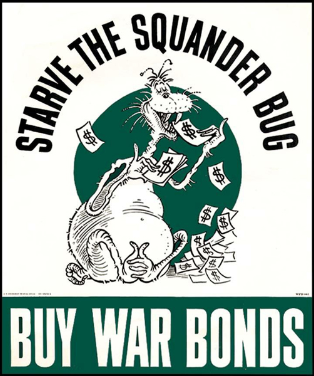
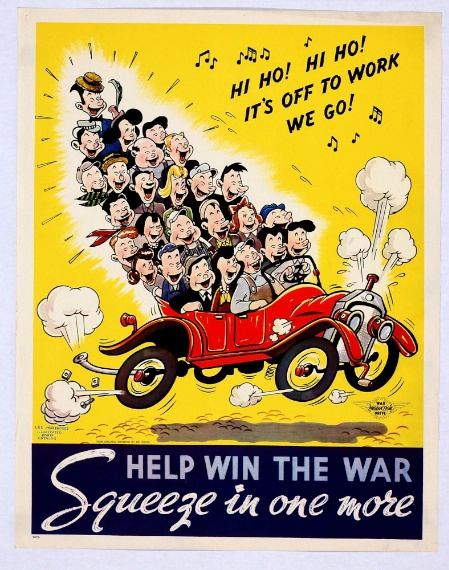
Then, in 1943, he joined the Army as a Captain and was commander of the Animation Department of the First Motion Picture Unit of the United States Army Air Forces, where he wrote films that included Your Job in Germany, a 1945 propaganda film about peace in Europe after World War II; Our Job in Japan, and the Private Snafu series of adult army training films.
While in the Army, he was awarded the Legion of Merit. Our Job in Japan became the basis for the commercially released film, Design for Death (1947), a study of Japanese culture that won the Academy Award for Documentary Feature. [Wiki:Geisel]
Geisel was adamantly against racism when it applied to African Americans and Jews in America during the war years.
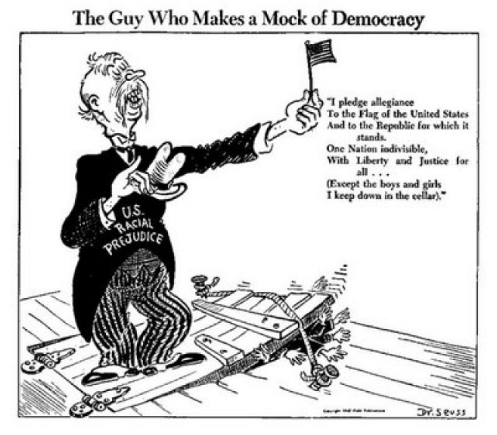
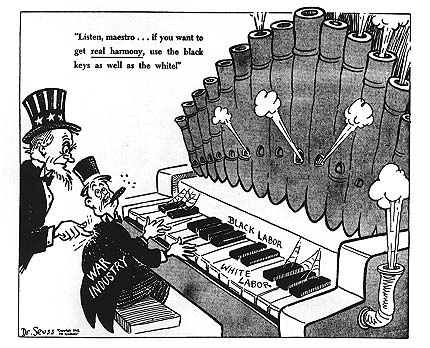
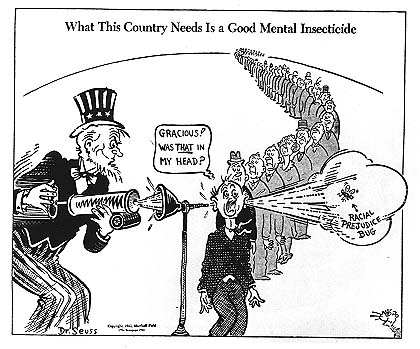
But he was surprisingly "hard-
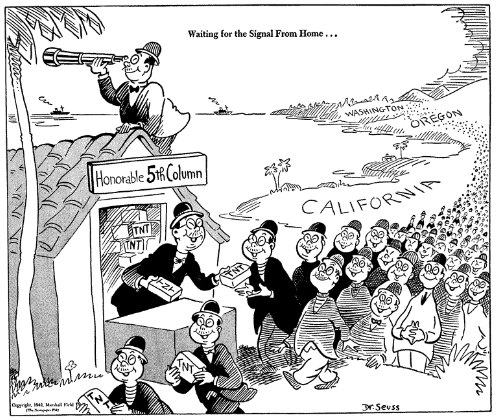
Geisel supported the Japanese American internment during World War II. His treatment of the Japanese and of Japanese Americans, between whom he often failed to differentiate, has struck many readers as a moral blind spot.
On the issue of the Japanese, he is quoted as saying:
"But right now, when the Japs are planting their hatchets in our skulls, it seems like a hell of a time for us to smile and warble: "Brothers!" It is a rather flabby battle cry. If we want to win, we've got to kill Japs, whether it depresses John Haynes Holmes or not. We can get palsy-
But he changed his attitude later.
After the war, though, Geisel overcame his feelings of animosity, using his book Horton Hears a Who! (1954) as an allegory for the Hiroshima bombing and the American post-
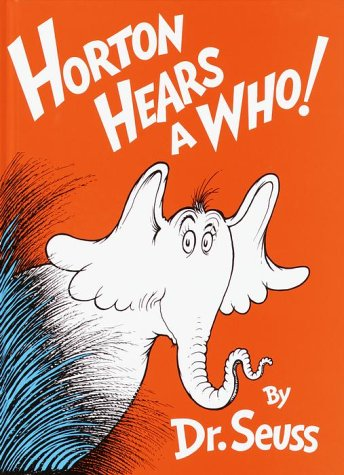
[Geisel began work on Horton Hears a Who! in the fall of 1953. The book's main theme, "a person's a person no matter how small", was Geisel's reaction to his visit to Japan, where the importance of the individual was an exciting new concept. [Wiki: Horton Hears a Who]
After the war, he continued writing children's books, and even a movie. Gerald McBoing-
But it was a turn of events in 1954 that catapulted Dr. Seuss to his greatest fame as a children's writer.
In May 1954, Life magazine published a report on illiteracy among school children, which concluded that children were not learning to read because their books were boring. Accordingly, William Ellsworth Spaulding, the director of the education division at Houghton Mifflin who later became its chairman, compiled a list of 348 words he felt were important for first-
Nine months later, Geisel, using 236 of the words given to him, completed The Cat in the Hat. It retained the drawing style, verse rhythms, and all the imaginative power of Geisel's earlier works, but because of its simplified vocabulary, it could be read by beginning readers.
The Cat in the Hat and subsequent books written for young children achieved significant international success and they remain very popular today. In 2009, 'Green Eggs and Ham sold 540,366 copies, The Cat in the Hat sold 452,258 copies, and One Fish Two Fish Red Fish Blue Fish (1960) sold 409,068 copies-
Geisel went on to write many other children's books, both in his new simplified-
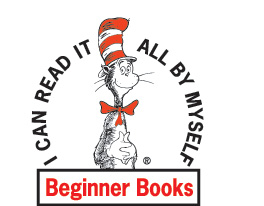

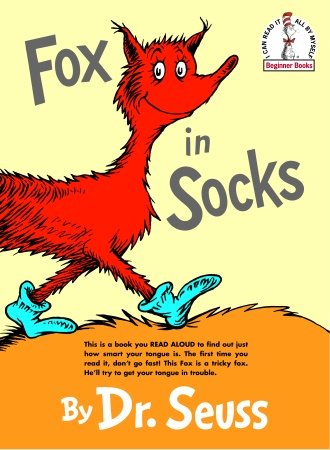
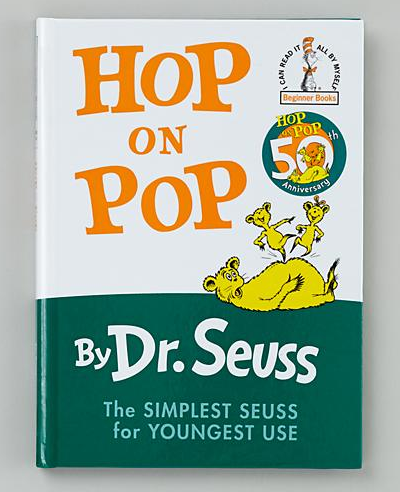
…Geisel received the Laura Ingalls Wilder Medal from the professional children's librarians in 1980, recognizing his "substantial and lasting contributions to children's literature". At the time it was awarded every five years. He won a special Pulitzer Prize in 1984 citing his "contribution over nearly half a century to the education and enjoyment of America's children and their parents." [Wiki: Dr. Seuss]
About that pseudonym again...I only learned recently that I've been pronouncing his name incorrectly all along.
Geisel's most famous pen name is regularly pronounced [sooce] an anglicized pronunciation inconsistent with his German surname (the standard German pronunciation is [zoice] .) He himself noted that it rhymed with "voice" (his own pronunciation being [soice].) Alexander Liang, one of his collaborators on the Dartmouth Jack-
You're wrong as the deuce
And you shouldn't rejoice
If you're calling him Seuss.
He pronounces it Soice (or Zoice) [ibid]
But it turns out that I am OK ... almost everyone else has mispronounced it for 75 years or so, and Geisel himself eventually just gave up and started using the mispronunciation too!
Geisel switched to the anglicized pronunciation because it "evoked a figure advantageous for an author of children's books to be associated with-
My own daughter had a growing set of "Beginner Books" herself back in the 1970s. They were commonly sold in "subscription" form, with a new one coming to your mailbox every month or two. There were a wide variety of authors and illustrators, including Dr. Seuss. And someone named Theo LeSeig.
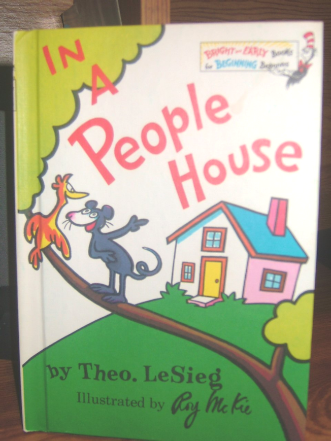
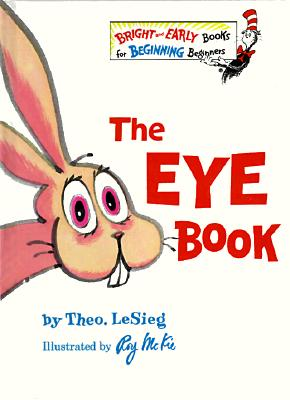
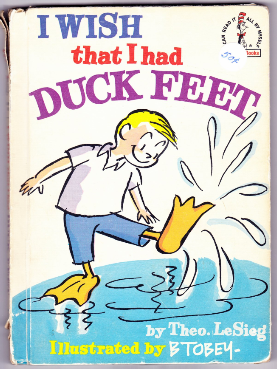
It was a while before I realized who LeSeig was. Duh.
For books that Geisel wrote and others illustrated, he used the pen name "Theo LeSieg", starting with I Wish That I Had Duck Feet, published in 1965. "LeSieg" is "Geisel" spelled backward. [ibid]
So how many children and grandchildren did this beloved author of children's books have?
Though he devoted most of his life to writing children's books, Geisel had no children of his own. He would say, when asked about this, "You have 'em; I'll entertain 'em."[ibid]
Which he continues to do to this day.

Seuss Landing, Islands of Adventure, Universal Studios Florida
~~~~~
If you found this brief history
of a childhood icon of interest, you may also enjoy
the story of another such icon in
On Top of Old…Topper.


Exploring our past to sort out myth from reality
Share this Page on
Facebook or Twitter

These are the voyages of the TimeShip Anachron.
Our Mission: To boldly explore the past, dispelling
mythinformation and mythconceptions
of American History along the way.
 Visit us on Facebook
Visit us on Facebook